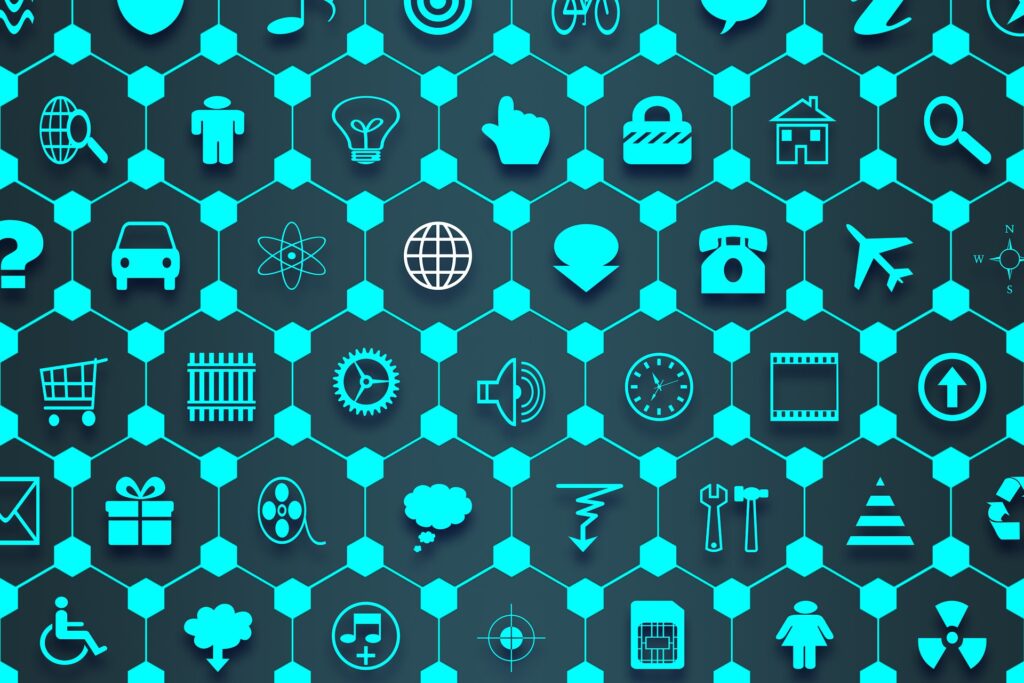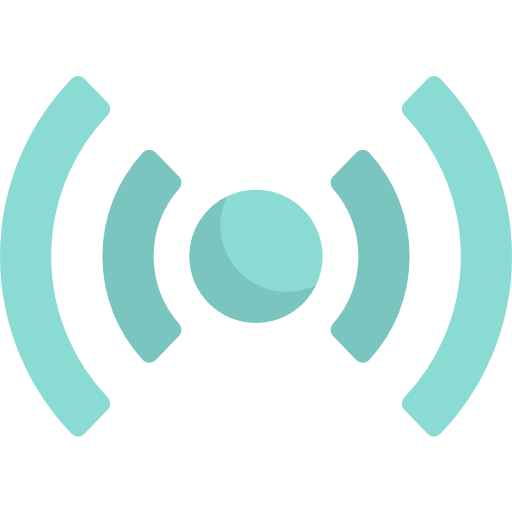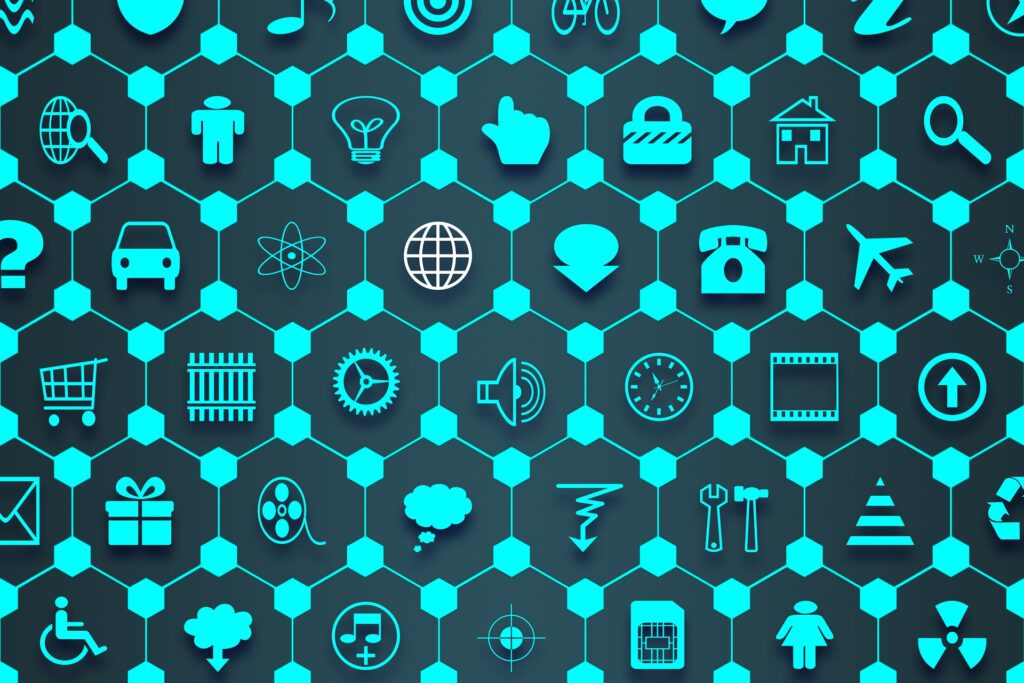Internet of Things (IoT)

The Internet of Things (IoT) refers to a system of interconnected objects connected to the Internet that can collect and transfer data over wireless networks without human intervention. IoT brings the power of the Internet, data processing and analysis to the real world of physical objects.
Internet of Things (IoT) describes a network of physical objects, “things” in which sensors, software, and other technologies are integrated to connect and exchange data with other devices and systems over the Internet.
IoT device deployment provides data and workflow smoothing, visualizing usage patterns, automating processes, meeting compliance requirements, and more effective competition.
We live in a world where we have more connected devices than humans. IoT will transform the way we interact with businesses, governments, and individuals around the world.
Click her for general IT Support services for Businesses
How does IoT work?
IoT system integrates four components:
Sensors in IoT:

The main stage of the IoT process is data aggregation. Sensors that exist to collect specific information send data to the receiving device. The device then performs certain actions programmed for it.
- Types of sensors: Humidity sensor, Atmosphere pressure sensor, Position sensor, Temperature sensor, Gas sensor, Load sensor, Accelerometer, and Motion sensor. Click here to purchase any IT related software or hardware
Connectivity: Next, that data is sent to the cloud, but it needs a way to get there! Sensors / devices can connect to the cloud using a variety of methods, including cellular, satellite, Wi-Fi, Bluetooth, low power wide area network or direct connection to the Internet via Ethernet.
Data processing: Once the data reaches the cloud, the software processes. This can be very simple, such as checking whether the temperature reading is in an acceptable range. Or it can be very complex, such as using computer vision on video to identify objects.
User interface: The information then becomes useful to the end user in some way. This can be a user alert (email, text, notification, etc.). For example, an SMS notification when the temperature in a company’s cold room is too high.
What are the benefits of the IoT in business?
The benefits of IoT for business depend on implementation in particular, agility and efficiency are usually the first ideas. The idea is that businesses should have access to more data about their products and their own internal systems, and as a result have more potential to make changes.
- Enhanced customer service and experience: Good customer service is essential to making your business profitable. Advanced IoT technologies such as smart trackers and mobile card readers are used to enhance the customer experience. Mobile card readers can connect to smartphones for seamless transaction processing, and smart trackers allow consumers to track their products and increase satisfaction.
- Increase productivity levels and add to competence: Increasing productivity and efficiency is a direct way for companies to become profitable. IoT devices help to accurately assess demand for the manufacturing sector and manage resources at different production levels by enabling real-time tracking of machine components and raw materials.
- Smart security systems: Modern security systems do more than just monitor the situation from different offices or collections. Using artificial intelligence, smart cameras can recognize faces and alert you if a stranger enters a room with limited access. Noise or motion detection sensors help prevent theft and improve the overall safety of the production facility.
- Real-time analytics: One of the greatest benefits of the IoT is that it provides real-time analytics to help detect problems and act accordingly. Enterprise-ready IoT applications provide real-time analytics. This proves to be a benefit to the company as it allows you to search for problems and resolve them conveniently.
IoT applications
- Wearables: Wearable technology specializes in IoT applications and is possibly one of the first industries to deploy IoT in its services. It so happens that we are seeing foot bits, heart rate monitors and smart watches everywhere these days.
- Health care: The resources used by existing medical research lack critical real-world information. It mainly uses volunteers for the remaining data, controlled environment, and medical examination. IoT paves the way for a sea of valuable data through analytics, real-time field data and testing.
- Environmental monitoring: Several sensors are available to measure parameters such as temperature, humidity, air, and water pollution. Sensors like RTD and thermometer are used to measure the temperature. We can use dust and gas sensors to analyse air pollution. These techniques use pattern recognition software. It is used to monitor pollution levels in cities.
- Home automation: Using a centralized hub, usually a smartphone (which has sensors like accelerometers), various things in the home can be controlled. That is, smart TVs, air conditioners, water heaters, lights, fans, etc will connect to smartphones via NFC, Bluetooth, ZigBee or any other low-power, short-range protocol.
- Agriculture: The IoT in this industry is commonly referred to as smart farming. You can use a GPS-enabled tractor to control the tractor’s route. You can also use a simple integrated IoT card to control the pump (set when to feed the farm). You can also use soil sensors to check the condition of the terrain.
- Transport and logistics: The Internet of Things plays an important role in transport and logistics. By attaching RFID tags or barcodes to the vehicle, industries can monitor real-time information from vehicles, like location of vehicle and others. Furthermore, by improving IoT capabilities in the transport sector, vehicle speed can be controlled.
Challenges with IoT
- Standards and regulations: Expanding the scope of applications, the growing number of connected devices makes standardization and regulation of the Internet of Things difficult and painful. Standardization and regulatory issues can range from technical issues to legal issues.
- Compatibility and longevity: The Internet of Things is moving in many different directions, with many different technologies competing to become standard. This creates difficulties and requires the provision of additional hardware and software when connecting devices.
- Connectivity: Integrating multiple devices will be the biggest challenge for the future of IoT and will challenge the formation of existing communication models and core technologies. Currently, we rely on a centralized server/client model to authenticate, authorize, and connect different nodes in the network.
- Privacy: Awareness of privacy has increased with the growing diversity of personal information shared over the Internet. IoT further complicates this problem by expanding the types of data that are recorded and shared over the Internet. Because IoT works best by giving you the most detailed view of the environment possible, it offers a trade-off between user privacy and quality of service.
- Security: IoT devices are vulnerable to cyberattacks due to their limited computing resources. Unlike PCs, we cannot install any antivirus software on them, and sophisticated methods are not effective either. To protect IoT devices, alternative security methods must be carefully designed.
- Click here for cyber security related issues of businesses
Conclusion
IoT combines various detection devices, pattern recognition algorithms, communication models, and networks for proper communication. IoT is currently in the development stage. As we delve deeper into the world of the Internet of Things, we are surrounded by many complexities. At your fingertips, IoT simplifies everything a business or company needs. But it also poses some challenges that need to be ready for business. By and large, you get the benefits of the Internet of Things, but it is not easy. You need to learn a lot to integrate IoT tools into your business process.

